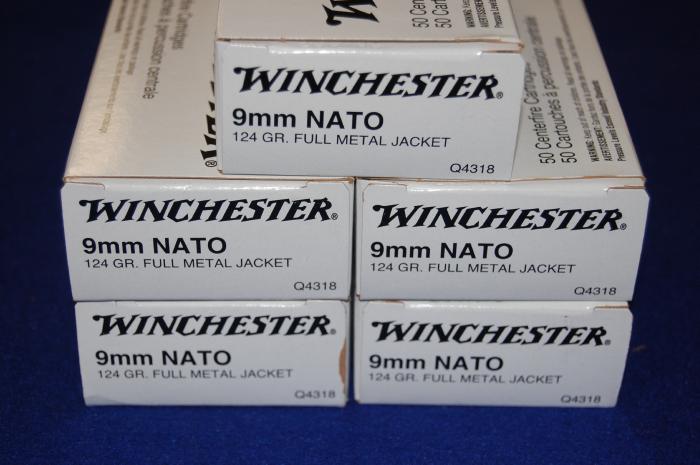The definition of ap ammo is at 18 USC 921(a)(17):
"(B) The term `armor piercing ammunition' means-
(i) a projectile or projectile core which may be used in a handgun and
which is constructed entirely (excluding the presence of traces of other
substances) from one or a combination of tungsten alloys, steel, iron, brass,
bronze, beryllium copper, or depleted uranium; or
(ii) a full jacketed projectile larger than .22 caliber designed and
intended for use in a handgun and whose jacket has a weight of more than 25
percent of the total weight of the projectile.
(C) The term `armor piercing ammunition' does not include shotgun shot
required by Federal or State environmental or game regulations for hunting
purposes, a frangible projectile designed for target shooting, a projectile
which the Secretary finds is primarily intended to be used for sporting
purposes, or any other projectile or projectile core which the Secretary
finds is intended to be used for industrial purposes, including a charge
used in an oil and gas well perforating device."
[Secretary means Secretary of the Treasury, in reality determinations
are delegated to the Technology Branch of ATF]
Note the following things from the definition:
1) The definition was changed as part of the 1994 Crime Bill,
primarily by the addition of bullets intended to be used in a
handgun whose jacket is more than 25% of their weight. The previous
language is at the end of this article, for comparison purposes.
2) AP ammo is the bullets ONLY, not the loaded ammo, although ATF has
identified some AP ammo by the loaded ammo, not projectiles, for the
information of FFL dealers, who are not supposed to transfer AP ammo.
#From this it follows that loading the bullets identified above does not
constitute "making" AP ammo; making the bullets themselves does.
3) USE - The bullet must be able to be used in a handgun. Rather than
construing this to mean regular handgun calibers, ATF construes this to
mean any caliber for which a handgun has been made, including handguns
in rifle calibers, like .308 Winchester, and 7.62x39, for purposes of
bullets covered by (B)(i). Thus bullets suitable for these calibers,
as well as other rifle calibers for which handguns have been made (at
least commercially made) which are constructed as described below would
be AP ammo.
However bullets that fall into the AP definition under (B)(ii), because
their jackets comprise more than 25% of their weight (solid copper bullets?)
must be intended for use in a handgun, not just be able to be used in a
handgun.
4) CONSTRUCTION - The bullet must either have a core made ENTIRELY out
of one or more of the listed metals, or be full metal jacket type
bullets with a jacket comprising more that 25% of its
weight. Thus SS109/M855 .223 bullets are not covered,
because their core is only partly steel, and partly lead. Lead
is not a listed metal, and bullets with cores made partly out of lead
are OK. ATF has expressly ruled that SS109/M855 bullets are not
covered.
5) Hardness of the bullet is irrelevant.
6) Ability to actually penetrate any kind of soft body armor is irrelevant.



